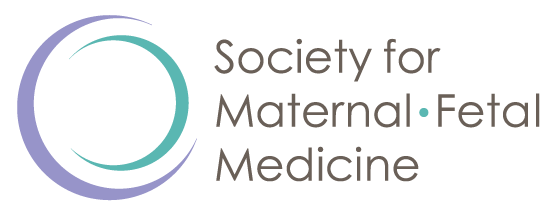
Preeclampsia
What is Preeclampsia?
Preeclampsia is a serious medical problem that can happen during and after pregnancy. It causes a pregnant person’s blood pressure to go very high, which can be dangerous for the pregnant person and their fetus. It usually occurs after 20 weeks of pregnancy, but it also can occur after childbirth. In some cases, preeclampsia can get worse and lead to eclampsia (seizures).
Who is at risk?
Anyone can get preeclampsia, but the risk is higher in those with the following risk factors:
First pregnancy
Multiple pregnancy (twins, triplets, or more)
Chronic high blood pressure (that existed before pregnancy)
Preeclampsia in a past pregnancy
Diabetes (either prexisting or during pregnancy [gestational])
Having certain health problems like lupus, antiphospholipid syndrome, kidney disease, and obstructive sleep apnea
Obesity before pregnancy
Being age 35 years or older
What are the signs and symptoms?
Not everyone with preeclampsia has symptoms. But any of the following have been associated with preeclampsia:
Swelling of your face, hands, or feet
Dull or severe throbbing headache
Nausea or vomiting
Pain in the abdomen and/or right shoulder
Changes in vision, like seeing spots or blurry vision
Low back pain, especially when it occurs with abdominal or right shoulder pain
Sudden weight gain (3-5 pounds in a week)
Shortness of breath or difficulty breathing
How can preeclampsia affect me?
High blood pressure can temporarily affect the kidneys, liver, lungs, blood, and brain. Most of the effects of preeclampsia go away soon after or within 6 weeks of delivery. However, having preeclampsia increases your risk of heart disease for the rest of your life.
How can preeclampsia affect the fetus?
The fetus can grow more slowly (fetal growth restriction).
The amount of amniotic fluid may be too low (oligohydramnios).
Early delivery may be needed to treat preeclampsia, which can result in the baby being born too early (preterm). Preterm babies are at risk of many health problems. These include problems with breathing, eating, and staying warm.
Preeclampsia can increase the risk of placental abruption, in which the placenta suddenly separates from the wall of the uterus. It can cause severe bleeding (hemorrhage) during delivery that can be life-threatening.
How is preeclampsia diagnosed?
Preeclampsia is diagnosed when you have high blood pressure (the top number is 140 or greater or the bottom number is 90 or greater) after 20 weeks of pregnancy plus one of the following:
High levels of protein in your urine (your kidneys’ ability to filter protein from your blood is impaired)
Low platelet count (your blood may not clot properly)
High creatinine levels (your kidneys are not working properly)
High liver enzymes (your liver is not working properly)
Fluid in your lungs
Preeclampsia is diagnosed as “severe” when certain signs and symptoms are present. These are called “severe features.” Some of the signs and symptoms listed above are considered severe features:
Low platelet count
High blood creatinine levels
High liver enzymes
Fluid in your lungs
Oher severe features include:
Very high blood pressure (the top number is 160 or greater; bottom number is 110 or greater)
New severe headache that does not go away
Vision problems
Pain in your upper right abdomen
How is preeclampsia treated?
Treatment for preeclampsia is delivery of the baby. You and your health care practitioner will need to think about many factors when deciding on treatment:
How far along in the pregnancy you are
Whether you have severe features
How well you are doing
How well the fetus is doing
If you are still weeks away from your due date, but you and the fetus are doing well and you do not have severe features, you may be able to wait until your pregnancy is further along before having your baby. You’ll have regular blood pressure checks, lab tests, and ultrasounds.
If you have severe features, you may need to have your baby right away. You and your health care practitioner will weigh the risks and benefits of waiting versus delivery. The decision is based on your condition, the risks of waiting, and how preterm your baby will be at delivery. If the decision is to wait, you will be watched in the hospital until delivery.
During delivery, you may receive medication to control seizures and control your blood pressure.
Can preeclampsia be prevented?
Taking low-dose aspirin (81 mg) daily starting between 12 and 28 weeks of pregnancy may help prevent preeclampsia in certain people. Talk to your health care practitioner to see if this treatment is right for you.

